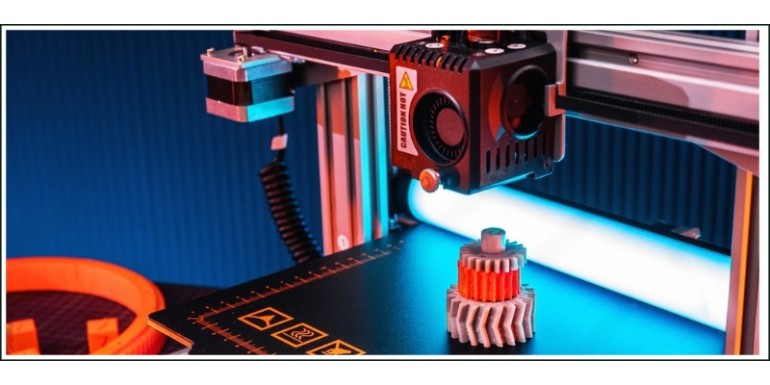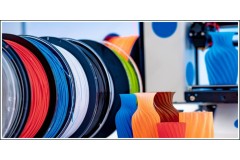
When it comes to 3D printing, one of the most common issues that users face is filament stripping. This can occur when the filament fails to extrude from the nozzle, resulting in incomplete or failed prints. Fortunately, there are several things that you can do to prevent filament stripping and improve the quality of your prints.
1. Check the Nozzle Temperature
The nozzle temperature plays a critical role in the 3D printing process. If the temperature is too high, it can cause the filament to soften and deform, leading to stripping. Conversely, if the temperature is too low, the filament may not melt properly and result in poor print quality.
It is essential to ensure that you are using the correct temperature for the type of filament you are printing with. Different filaments require different temperatures, so be sure to check the manufacturer's specifications before starting your print. If you are unsure about the optimal temperature for your filament, you can experiment with different temperatures until you find the one that works best for your printer.
2. Clean the Nozzle
Clogs in the nozzle can cause the filament to back up and strip. Over time, the nozzle can accumulate debris such as dust, dirt, and dried filament that can clog the nozzle and prevent proper extrusion.
To clean the nozzle, you can use a small wire or needle to clear any blockages. It is essential to do this carefully to avoid damaging the nozzle or other components of your printer. You can also use specialized cleaning tools such as a nozzle cleaning kit or a cleaning filament to remove any stubborn debris.
3. Adjust the Extruder Tension
The extruder tension determines how tightly the filament is held in place. If it's too loose, the filament can slip and strip, while if it's too tight, it can cause the filament to get stuck and clog the nozzle.
To adjust the extruder tension, you can tighten or loosen the extruder idler or the spring that controls the tension. You can also adjust the filament path to ensure that it is correctly aligned with the extruder gear.
4. Check the Filament Diameter
5. Slow Down the Print Speed
To avoid this issue, try slowing down the print speed. This will give the filament more time to melt and adhere to the bed, resulting in smoother and more accurate prints. You can also adjust other print settings such as the layer height, infill density, and cooling fan speed to improve the quality of your prints.



